|
If you have a companion animal in your life of have ever been inside a pet supply store, you are probably familiar with the KONG brand. KONG makes a variety of dog and cat products from toys to toy stuffing to treats to puzzles to scratchers. The volume of products is vast and goes way beyond what you may have seen in stores. I didn't realize until recently that KONG doesn't advertise. KONG sells what I consider self-marketing products. The name is so well known that the products essentially sell themselves as a result of quality and a result of word of mouth advertising between satisfied customers and KONG Believers. KONG also has a program to help shelters called KONG Cares in which it distributes factory seconds to non-profit organizations at reduced prices. But there is a new program being rolled out by KONG which I'm blogging about today. I've known about it for months but was sworn to secrecy because the program was developed in my area as a result of some circumstances which caused a KONG employee to have a true "aha!" moment for the sake of animals. Some explanation is in order. In the summer of last year, people were still fostering and adopting a lot of animals during the height of the pandemic. Many animal shelters were closed. Some shelters were seeing people on an appointment-only basis and some still function that way (unfortunately). Progressive shelters were using changes to their operations to try to find ways to keep animals from entering the shelters at all by implementing social services programs to help people. The HASS - Human Animal Support Services - model of shelter was developed during the pandemic and is in pilot programs today. The basic idea behind HASS is to "keep people and pets together. We are bringing animal welfare organizations and community members together to engage in partnerships that support the bond of people and animals." As I thought about changes taking place nationally, I wondered how to help people more in my own area. I lead an advocacy group called No Kill Huntsville which was created to encourage the City of Huntsville to save more shelter animals. Part of our advocacy is interacting with the public to help modify their behavior. We decided to put together what we were calling a pet resources guide to help the public find organizations to help them find pet food, help pay for veterinary care, refer them to trainers or behaviorists, provide short-term foster placement, etc. A local television station did a story about our proposed resources guide. The plan never came together. We could not get enough organizations to provide us with input to create a guide and so the idea was disbanded, at least for now. But one good thing happened. When the story was on the news, Sandy Howle, an employee who works for KONG as a Training Ambassador, saw it and reached out to our group. She asked what she could do to help and that started a conversation with her about what we hoped to accomplish. Sandy was the person who had the "aha!" moment when she realized that KONG could do more to help not just animal shelters but shelter animals and the people who adopt them. Sandy developed an idea for a shelter enrichment and education program which she pitched the corporate folks. It should come as no surprise that they loved the idea. The test location was at the Greater Huntsville Humane Society in Alabama and there are now plans to take the program national to help shelters, shelter animals and animal caregivers across the country. The program includes educational classes for the shelter, volunteers, fosters and pet parents. KONG is also providing a swag bag for people that adopt. There are plans to hold KONG stuffing events, building sensory gardens and dig pits, holding donation drives. The list goes on. I've asked Sandy to tell us more about how the program began and about the plans for the future. I'd like to thank her for taking the time to share this wonderful news. Sandy, prior to us connecting, I knew about the KONG Cares program. Were there other programs KONG was doing to help shelter animals? We have always been involved in the shelters with our KONG Cares program and donations of product and raffle baskets. We also have our Pet Pros Shelter program that shelters or rescues can sign up for through our website at www.kongcompany.com. We help provide educational tools and marketing materials that shelters or rescue groups can use. Your group can also be entered into regular drawings for KONG Cares product, raffle baskets, and swag. You and I emailed back and forth a bit about the pilot program in Huntsville but I'm not sure I explained it correctly. Can you tell us what you did with the Greater Huntsville Humane Society to get things started? The first thing we did was training for the Animal Care Staff and anyone else who wanted to be involved. The first training was "KONG 101" where we discussed not only KONG, but the instincts of dogs, how that comes into the home and the "problem behaviors" it can create, and how KONG can help be a solution for these behaviors. We also did an enrichment training. We talked about why animals need enrichment and about different things the shelter or fosters could do in their everyday routines that would help provide enrichment to both the dogs and cats in the shelter or in foster homes. The shelter was able to take some of the ideas and run with them, for example, creating a "foster a plant" program to create a sensory garden for the animals. We also have a partnership with a distributor that is selling discounted enrichment kits to the shelters. These kits will go home with the newly adopted dog or cat. The hope is that the animal has enrichment in the shelter, and this can now be rolled into the home with this enrichment kit to help alleviate some of the stress on the new pet family and the new pet. We also have a partnership with Fig & Tyler Treats who, not only, have a bag of treats in the enrichment kit, but also have created a shelter give back program in which the shelter can earn free treats to use in their shelter. Now that the program you proposed will have a national roll-out, what can you tell us about what KONG plans to do to help other animal shelters? One of the things that we have learned is that both cats and dogs need enrichment in their lives. Enrichment leads to a happier healthier life. While we know there are many shelters and rescues that have great enrichment programs already, we also know there are many that do not. Our goal is to share this program and education so that someone can create an enrichment program in their shelter or we can help take their current program to the next level. We pair this enrichment program with the KONG Cares and Pet Pro Shelter Program and we are able to help reduce the stress in shelters and keep dogs and cats happy, which in turn helps them become more adoptable. If there is someone with an animal shelter who reads this blog and wants to make sure their shelter can participate in the program, is there something specific they should do to sign up? They can reach out to me via email or phone and I can give them more information about the program. I can be reached at 661-433-7687 or [email protected] Fun Facts: KONG's story began with a German Shepherd named Fritz, his owner, and a Volkswagen van transmission part one afternoon in 1970. KONG ran one commercial in the 1970s when the first KONG hit the market. The commercial ran one time only in the middle of the night because that was the affordable spot at the time. KONG rubber products are made in Golden, CO and KONG Consumables are made in the USA. KONG is distributed in over 80 countries and millions of dogs worldwide. (images courtesy of the Kong Company, Inc. and Snyder Building Construction)
2 Comments
It is obvious that our nation is in a state of crisis. The news of the COVID 19 pandemic is all around us. We’re all doing our best to get through this period together while changing our personal behavior to reduce the loss of life. The situation is evolving so rapidly that it’s enough to cause all of us to feel ill to some degree as we try to keep up. Stress levels are high. The pandemic affects every aspect of our daily lives and those effects extend to places we might not have expected. I got an email from an author contact of mine this morning, Cara Sue Achterberg, wondering what we can to about reports we are hearing that some animal shelters plan to destroy their entire populations of animals in anticipation that they will not be able to manage the intake of animals. I’ve seen posts on social media to the same effect. I’m honestly not sure how pervasive this “mass killing” problem really is on a national level. I've also read about people surrendering pets to shelters because they fear they can get COVID 19 from an animal. The information from the CDC about that rumor is here. Yes, this is a time of crisis. That’s the bad news. But there’s good news. Now is the perfect time to makes changes in the culture in our animal shelters and our communities to keep animals alive. We know how to reduce shelter intake. We know how to increase shelter output. The methods have been know for years. We do those things using the programs and services of the No Kill Equation which was developed by Nathan Winograd and about which I have written many times. Foster Programs Foster programs get animals out of shelters quickly. Many people are working from home. This is a great time for people to foster a shelter pet not only to free up shelter space, but to help the animal get adopted faster. Most animals behave completely differently in a home than they do inside a shelter, so fostering provides a great opportunity to learn more about them and to help them decompress. Photographs, video clips and information about the animals are then used for marketing purposes. I saw a Facebook post just this morning about the Kern County Animal Shelter which is doing drive-up foster pick up of animals to free up shelter space. (image courtesy of the Kern County Animal Services) Adoption Programs Promoting adoption of animals is always important, but now it is critically important. Shelters can use the media and social media to let the public know how to adopt an animal and what animals are available using adoption specials and promotions. In a time of crisis like this, shelters do well to either waive adoption fees (while still doing screening) or drastically reduce those fees. Many shelters have used this opportunity to reach the public about adoptions using humor. These images are from Huntsville Animal Services in Alabama, which is my local tax-funded shelter; they were taken by Kelly Jo (an incredibly talented Lead Kennel Attendant) and posted on the shelter's Facebook page. Just like now is a great time to foster a pet, now is a great time to adopt a pet. With so many people working from home, it provides a wonderful opportunity to help animals decompress from their shelter stay and get settled into a new home. (images courtesy of Kelly Jo) Pet Retention Programs Managed intake is more important now than ever. Most shelters are not obligated to take owned animals and they should not be taking them now. Shelters should be doing all they can to encourage pet retention to keep pets in existing homes or help people rehome pets themselves with family members, friends, co-workers of people they attend church with, know from social groups, etc. Now is a great time for shelters to share information about pet food banks or even partner with local rescue groups to provide free pet food to people who may have lost a job or otherwise be facing a financial crisis. Shelters can also share information about local veterinary resources (to resolve health conditions which may be causing undesirable pet behavior) and about local trainers and behaviorists (to resolve issues with pet behavior which may be the reason someone wants to surrender their pet to an animal shelter). In many cases, a desperate pet owner can be referred to a local rescue group for help. If an owner still insists they must surrender their pet, they should be put on a waiting list to do that once space becomes available. Community Involvement/Public Relations Shelters that work hard to keep their communities informed will always operate more efficiently, but now is the time to really ramp up public relations to get the animal-loving community involved. Use of the media - both television and radio - and social media is the bridge to connect shelters to the public which affects the number of animals entering shelters and the number of animals leaving shelters. Although many shelters assume the public is aware of the need to make better decisions and to adopt, foster, volunteer, etc. most people just don’t think about their local animal shelter unless it is put on their “personal radar” for some reason. If a shelter needs help from the community, it has to say so loudly, clearly and often. Tell people to take extraordinary steps to keep pets contained so they don’t end up in the shelter. Tell people what to do if their pet does go missing. Tell people about how the process works to foster and adopt animals. Tell people about the animals in the shelter who need to be fostered or adopted using images, video clips and information. An engaged public is a active public which can do amazing things in times of need, it only we tell people how they can help. The programs I covered above are just some of the programs of the No Kill Equation. Now is the time to get progressive. Now is the time to make better choices to keep animals alive with the help of the community. I hope that the rumors I’ve heard of shelters essentially “cleaning house” of both animals and bacteria are false. As I told Cara this morning, I think shelters will go one of two ways. Shelters led by progressive people or people who genuinely care will rise to the challenge. They will get creative and do everything possible to help their communities and keep animals alive. Regressive shelters led by people who remain willfully ignorant of progressive programs will likely use the crisis as an excuse to kill animals while making it sound like they are performing some Orwellian public service. What will your animal shelter do? Will it rise to the occasion or will it make excuses? No matter what happens at your local shelter in the weeks and months to come, remember that you are paying for it. These links are not directly related to this blog, but may be helpful for you regarding pets and COVID 19. General Links Animals and Coronavirus Disease 2019 COVID 19 and Animals FAQs from the CDC COVID 19 FAQs from the American Veterinary Medical Association How to Care for Dogs and Cats during Coronavirus  The subject of whether or not companion animals go to Heaven is a controversial one. After we let Snake go in 2006, I did a lot of reading on the topic including a wonderful book by M. Jean Holmes called, "Do Dogs Go to Heaven? Eternal Answers for Animal Lovers." It helped. There was a big hullabaloo in the media a couple of years ago after Pope Francis made some comments about dogs going to Heaven which were initially mistranslated and later clarified. Regardless of what Pope Francis really said or how you interpret it personally, most of us have our own opinions about whether or not animals have souls. (And pretty much every animal lover on the planet got a kick out of a meet and greet Pope Francis had with some service dogs last year which led to some memorable images in which a dog "photo bombed" the Pope.) There is a new movie coming out called "A Dog's Purpose" which is based on the W. Bruce Cameron book by the same name which tells the story of a dog which is reincarnated many times and "who finds the meaning of his own existence through the lives of the humans he teaches to laugh and love." I have my own beliefs regarding companion animals which have been forged through time, experience and loss. Whether you agree with me or not is of little consequence. I believe our companion animals do have souls. I believe that when they leave this Earthly place, they move on to another existence, as do people. I believe that some animals come into our lives to teach us lessons and to help us learn how to be better versions of ourselves. They are part of our becoming. I also believe that some of us are animal guardians or paladins and that there are times when animals are put in our path (or we develop some awareness of them) so we can either personally help them get where they are meant to be or to facilitate that process in some way. 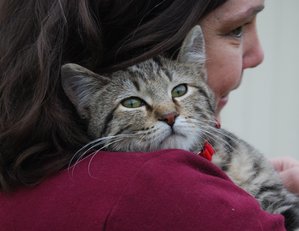 So, that is an animal guardian? In my view, these are people who are focused enough on animals to know when they need help, are willing to help those animals in need and who believe that they are used as instruments as part of a bigger plan to help certain animals. If you view yourself as an animal guardian, you may be nodding by now, thinking back to all of the times that an animal crossed your path or entered your life inexplicably, not to become a member of your family, but so that you could be used as an instrument to help that animal. Most people in animal rescue are eternal guardians and may feel like animal magnets. Something that happened to a friend recently served to reinforce my belief about her status as an animal guardian and I thought it worth sharing her story. Shelley was staying at a the Harrah’s in Reno for the holidays over the Christmas Eve/Christmas Day weekend. She and her family had taken the train to Reno with her mom for a holiday trip in 2015 and they decided to go for a memorial trip in 2016 after her mom passed away. It was a way to honor her mom and get through that first holiday season without her. It was cold. Seventeen degrees to be exact. Shelley and her family were coming back from dinner on Christmas Eve when they saw a young cat run around the long entry to the hotel, crying. The cat was obviously trying to get someone’s attention. Shelley and some others did their best to get the cat, feeding it chicken at one point to distract it. They had no luck at all. Shelley stayed up most of the night revisiting the entrance trying to get the cat but with all of the foot traffic, it was impossible. When she got up at 4:00 on Christmas morning, the cat was nowhere to be found. They were scheduled to leave Reno at 8:00 a.m. Shelley called a local rescue group and left a voice mail to explain the situation and to ask them for help, only to get a text later that day saying there was nothing they could do and to contact animal control. Shelly was despondent, later telling me, "you know what it’s like, one of those situations that you cannot help, and that will haunt you forever." But all was not lost. Shelley told me about her "Harrah’s kitty." Reno? I have contacts there. I checked in with Diane Blankenburg of Humane Network whom I know from my no kill advocacy. Diane was the Community Programs and Development Director of Nevada Humane Society in Reno for years up until 2013. I was sure there was something which could be done. I asked Diane if there wasn’t some way that the NHS could help refer Shelley to a local organization which does TNR (trap, neuter, return) in the city. (Much like other "entertainment" cities like Las Vegas, Reno has a large population of free roaming cats who live in certain areas due to the resources they find there.) Diane said she was sure NHS still had a TNR program. She connected with Denise Stevens, the Chief Operating Officer at NHS to explain about the cat. Denise was gracious enough to contact Harrah’s security staff about the cat and was told that the talkative little cat had been taken to Washoe County Animal Services (which shares a building with NHS). The Harrah’s cat was safe. He was transferred to NHS from animal control and was temporarily named "Feral Tune" due to his propensity to talk. We’re waiting on an update now about his condition. Looking at what happened over a period of days, the outcome was surely improbable. What are the odds that a single cat seen at a very busy hotel in a very busy city would be helped over a holiday weekend? Surely lots of other people saw and heard the cat. Shelley was worried for days, not knowing the outcome and fearing the worst. She felt responsible in some way. But she also underestimated her role as an animal guardian. This is not the first time an animal in need found Shelley and it won’t be the last. I have no doubt that Shelley saw Feral Tune so she would seek help and set a series of events in motion which would ultimately confirm the lost cat was safe. California + Nevada + Alabama = a saved cat. As it was surely meant to be. NOTE: If you think you are an animal guardian, I cannot encourage you strongly enough to educate yourself about some basic issues regarding companion animals and to connect with local animal shelters and rescue groups so that you have a plan in place in the event that an animal in need finds you. Be prepared for your next guardian encounter and be prepared to see the situation through to the point where the animal is placed in a new home or with a reputable organization. In short, be prepared to "own" your guardian status. It is not enough to by sympathetic to animals in need; you have to be prepared to actually help them in a direct and meaningful way to the extent you can. Please also do not assume that any animal you help is unwanted or was abandoned. Pets go missing very day for a host of reasons and not all of them relate to someone's irresponsibility. If you find a lost animal, report that fact to your local animal control personnel and list the pet on Helping Lost Pets. Every municipality has a "property hold period" so people can reclaim a lost pet. The best outcome for most lost pets is simply to get back home where they belong with people who care about them. (image of Tashi courtesy of Becky Lynn Tegze; image of Feral Tune courtesy of the Nevada Humane Society)
My advocacy involves a lot of keyboarding. That isn't all I do, but it's what takes up most of my volunteer time. I have pages and blogs here which cover topics I think are important to most animal loving Americans. And even to people who don't consider themselves "animal people" but who are interested in how municipalities function related to animals. The aspect of my advocacy I enjoy most is creating slideshows and videos for specific nonprofits or on general topics which can be used by any nonprofit. I work in the legal field doing a job that calls for a lot of investigative work and analysis and really no creativity at all. It helps me to have a creative outlet to help people who help animals while honoring my own animals and human family members who have moved on. Probably my longest "client" relationship is with National Mill Dog Rescue based in Peyton, Colorado. I can still recall the very first conversation I ever had with Theresa Strader many years ago while we were working on "Believe in Something" using a Fisher song by the same name. I have never been to the National Mill Dog Rescue kennel and have often thought how wonderful it would be to quit my day job and just become a full time volunteer there. It's just an ongoing joke, of course. Aubrie Kavanaugh - Poop Removal Specialist. Some of my closest contacts in the rescue community are the people who help manage this nonprofit; they work incredibly hard to not only help dogs but to help educate the public. There are no days off. I dare say that their advocacy is not just part of what they do. It is part of who they are. My latest project for National Mill Dog Rescue came at a perfect time for me. We had just had our dog euthanized under terrible circumstances and I was a disaster. When Michele Burchfield asked me to do a project using a Little River Band song in advance of their August 14th concert at Lily's Haven, I was thankful for the distraction from my grief. It gave me something positive to do. As I searched for and saved the images I needed to fit the vibe I was going for, I couldn't help but to smile at all those precious faces, both canine and human. Putting the project together helped heal some of the broken places in my heart. I consider this type of advocacy people helping people helping animals. Thanks so very much to Little River Band for allowing us to use this song. I am sure it won't be the last time we use one of the band's songs. I look forward to more projects in the future using music which belongs to Little River Band, Fisher and Martin Page, my "go-to" music sources. If you are anywhere near Peyton, Colorado, I hope you'll go to the concert. I'm sure it will be a wonderful combination of terrific music and just great people. If you can't go, I hope you enjoy "Love Is" and that you will learn more about the life-saving work of this incredible organization. I do believe theirs is a Higher Calling. And I am simply happy to be associated with such devoted and passionate advocates. I have absolutely no background in marketing. Certain things seem obvious to me as an animal lover, however, and one of those things is that in order to get shelter animals adopted, they have to be marketed very visibility and in a very consistent way.
It's an unfortunate reality that our historic destruction of shelter animals, regardless of their health or behavior, has led most of the public to get used to the killing, at least to a degree. People have come to believe either that something must be "wrong" with the animals who are destroyed or that there's just no other way to function. "Surely," the argument goes, "shelters would not be destroying animals unless they had no other choice, right?" The reality is that there are other ways for animal shelters to function and that healthy and treatable animals don't have to die. Yes, we should absolutely euthanize shelter animals who are suffering or who are irremediably ill. To do otherwise would be unethical. Yes, we should destroy dogs who are genuinely aggressive to people and for whom no sanctuary placement is available simply because we cannot have them in our communities endangering the public. But what about the other animals in shelters? What about those animals who are perfectly healthy or who have treatable health conditions and would made a great companion for someone? I think that a lot of people who work in shelters or who volunteer there think that the public knows about animals who need homes and they don't care enough to save them. I just don't agree. Most of the public does not know about the animals needing homes because they just don't think much about what happens at their local shelter. Even though they may love animals, or may be thinking of getting a new-to-them animal, most people have no clue about those healthy, wonderful and very worthy animals at their local shelter. It is up to shelters to make sure the public knows about these great animals and to put the subject on the "community radar" by being very vocal and very consistent in terms of the message. It has been said many times that we could be a no kill nation now if only shelter animals and potential adopters were better introduced. Exactly. There are an endless number of ways to get shelter animals into new homes, most of which require no extra spending by animal shelters and just a little creativity. In most communities, all it takes to get animals adopted is to let the public know they need homes and to talk about how great they are. The more shelters view themselves as customer service based businesses with animals who need to be marketed, the more the public will respond. Whether shelters use web sites, social media, television media, radio or billboards, there are a host of ways to put the message in front of the very public who can be persuaded to adopt your animals in need. People have a host of options regarding getting a new pet from a breeder, from the internet, from a store or from a newspaper ad. Those people need to be convinced that your shelter is the first, best, "green" and the "go to" option when the time comes to bring a new animal into their home. Be positive. Get creative. "Sell" the attributes of your animals. Offer ongoing adoption programs like Pets for Vets to place animals with those who have served in our armed forces or Seniors for Seniors to place older animals in homes with older people. Have regular adoption events not just in the same place in your city every few months, but at your shelter so that people can see how you operate your business and how much you care. Consider doing adoption events in different locations in your community on a regular basis so you are taking at least a few of your animals out to the public who may adopt them. A lot of people are afraid to go to an animal shelter because they are worried about what happens there or that they will be overwhelmed by animals needing homes. Why not take the animals to them instead? Take advantage of national events like Just One Day to help get exposure for your shelter and your animals in the media and using social media. Who knows. You may find that the demand for your animals exceeds your supply. And wouldn't that be a wonderful problem to have... I had a conversation with a shelter director recently during which she touched on the level of division between “factions” of the animal welfare movement. I spoke of my frustration in gaining cooperation from officials in my region in spite of exhaustive attempts to provide encouragement and help. She spoke of having been verbally assaulted in the grocery store by people who accused her of wanting to destroy animals. We both agreed that if people who are passionate about the subject of animal welfare would simply check their egos and personal agendas at the door, conversations about how to save the lives of shelter animals would be much more civil and much less toxic.
When I think of the division between people about animals, it brings to mind an image of a deep chasm or gorge. On one side of the chasm is the animal loving American public. We love our companion animals at best and value them at least. We know they are not children, but they are family members and are involved with almost every facet of our daily lives. We care for them, take them on trips, give them toys and treats and when we lose them to time or illness, the loss can be devastating. Most of the people on “this side” of the chasm either know little about how animal shelters operate or they just don't think about it. We all think about what affects us personally and what shows up on the radar of daily life for each of us. Most people on this side presume that the shelters operated using our tax dollars and donations do the best they can to save animals and that animals are only destroyed for reasons of mercy. We like to think we are progressive, informed and we make good choices because we love our pets. On the other side of the chasm are those who work in the animal sheltering industry. Some work for municipal shelters and others work at nonprofit shelters. For those on the “other side” who work at shelters which routinely destroy healthy and treatable pets, life can be grim. Even if they love animals and want to help, they feel overwhelmed, underpaid, misunderstood and most of them are angry. At the public. They see the people they serve or engage with as the source of the problems, often referring to the irresponsible public which makes mistake after mistake and which treat pets as if they are disposable. They feel they are forced to do acts behind closed doors which no one could possibly want to do and yet they feel they have no choice. They think they are doing the best they can. The only way we will ever become a no kill nation – above and beyond the list of no kill communities which grows with each passing day – is for us to bridge the chasm. The subject of animal sheltering must be put on the radar of the public so they understand what is taking place using their money and so they can be educated to make better choices like spaying and neutering pets, ensuring pets can be identified if lost, not allowing dogs to run at large, making plans for pets in the event of some crisis or family emergency. And yes, taking a good look at whether or not we are prepared to live up to the long-term commitment which comes with being a pet caregiver and which cannot simply be abandoned when things don't go quite as we planned. And those in the animal sheltering industry must, once and for all, take ownership and responsibility for what happens in shelters and stop presuming that every animal ends up in the shelter due to someone's irresponsibility or complacency. They must stop assuming that the public knows the challenges and issues faced by the shelter just because they know as if it is obvious to all outside the shelter walls. It is not. And it makes no sense at all to say, “this is your fault. You are to blame for the death. But won't you please volunteer and donate and foster and adopt?” Yes, there are people who should never have pets but shelters simply must presume the best of the public they support, be firm with the public in order to stop the cycle of pet surrender and help the public understand exactly what help is needed to save the lives of healthy and treatable pets. Check your ego at the door. Grab some rope. It's time to bridge the chasm. For the sake of the animals we say we love and value in our society. |
AuthorI am an animal welfare advocate. My goal is to help people understand some basic issues related to companion animals in America. Awareness leads to education leads to action leads to change. Archives
July 2024
Categories
All
image courtesy of Terrah Johnson
|
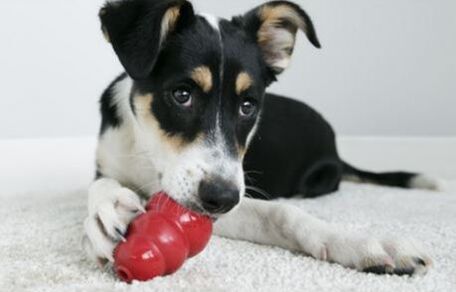
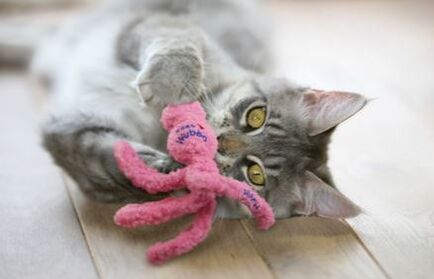
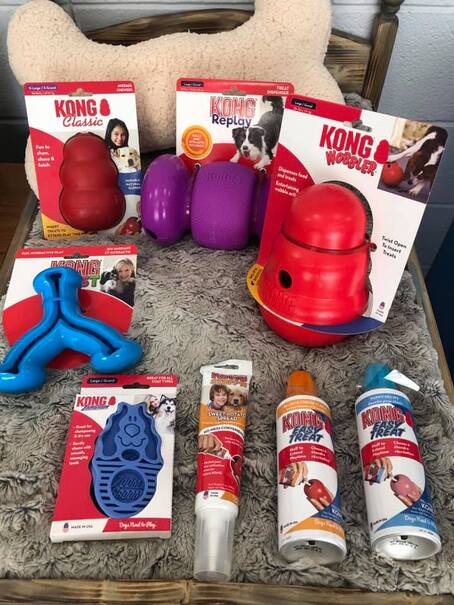
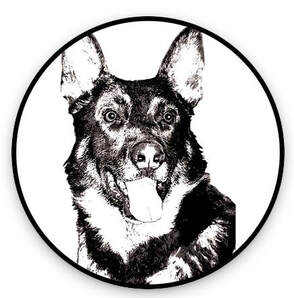
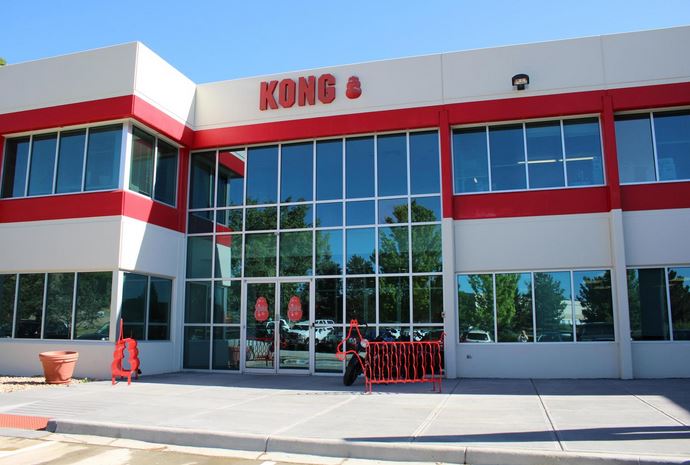
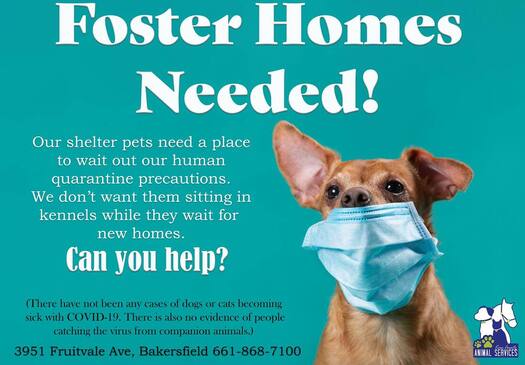
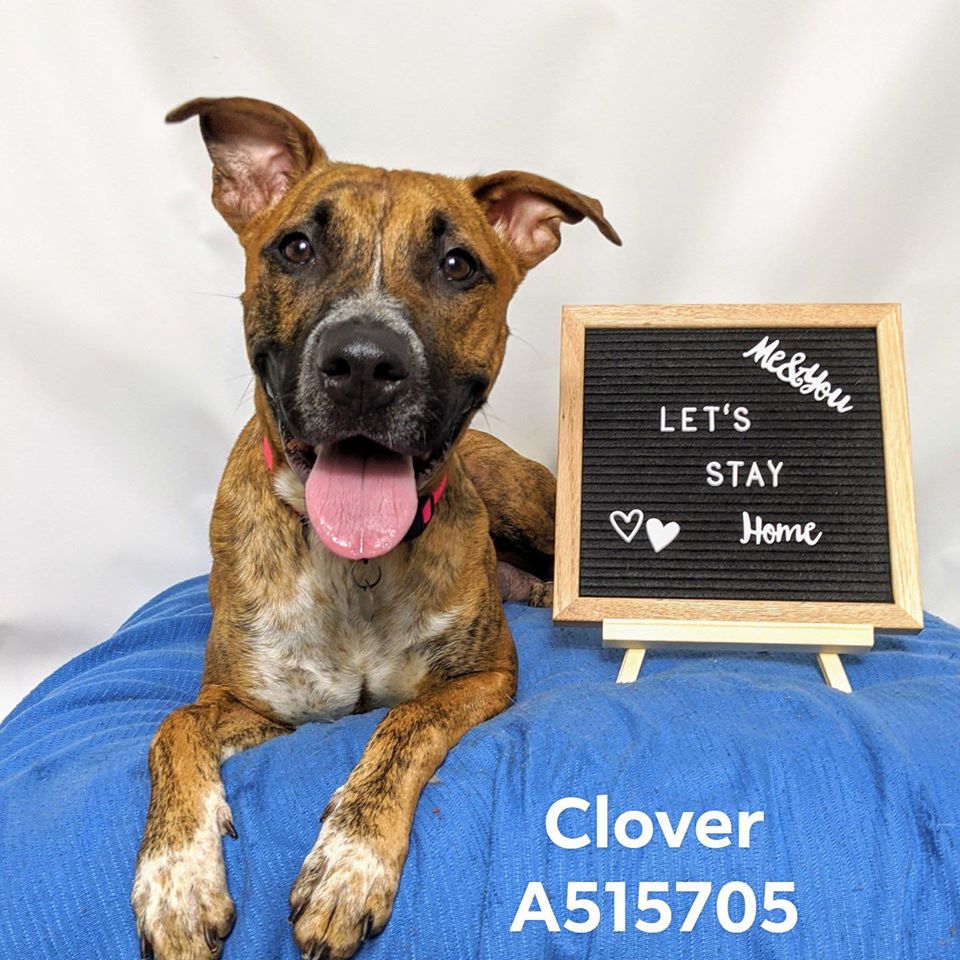
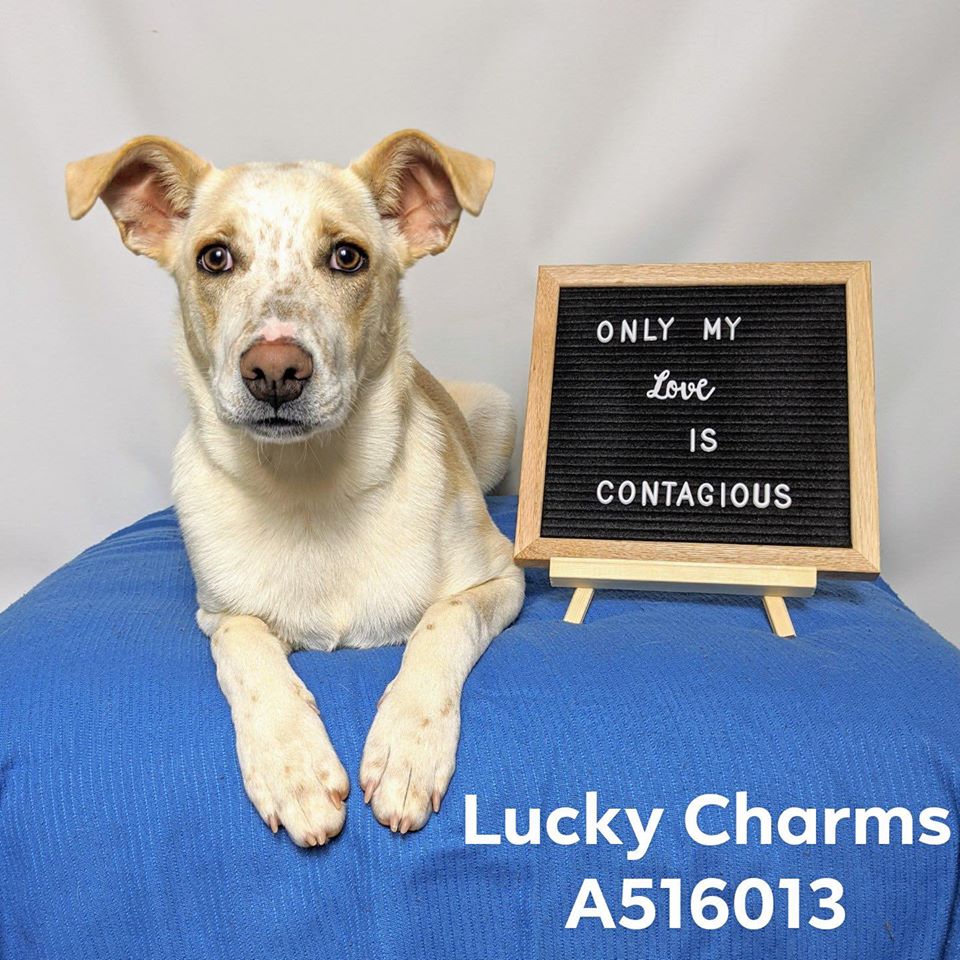
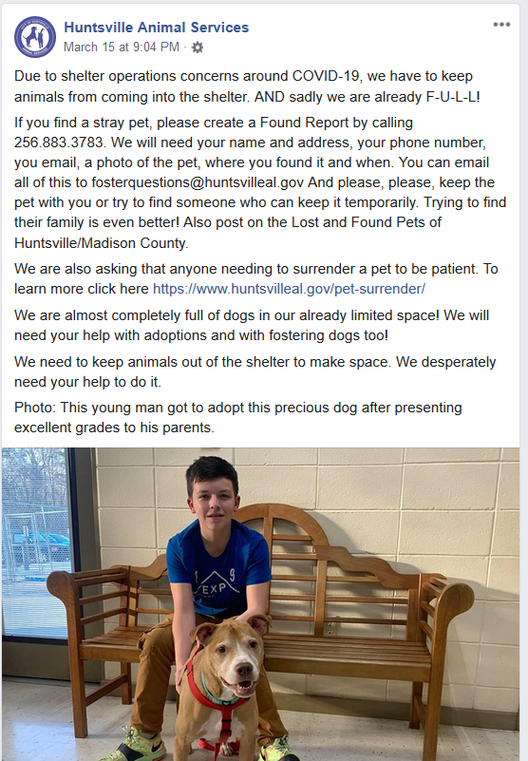
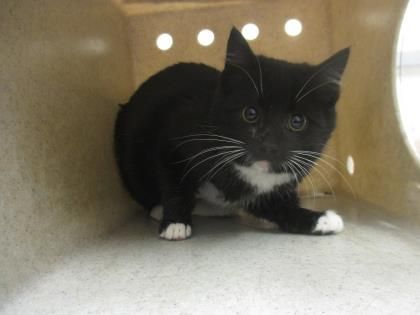
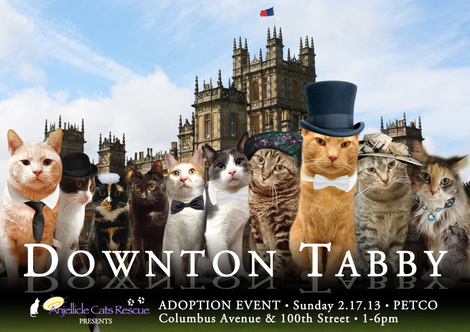
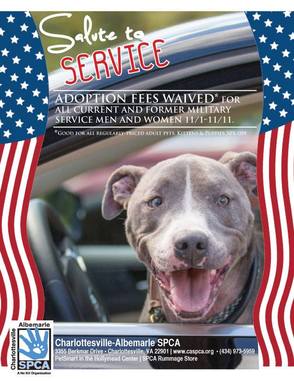
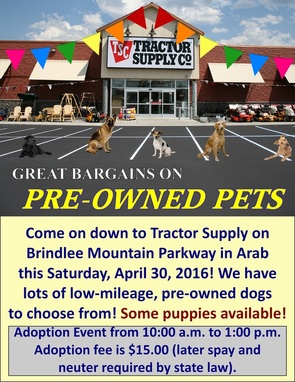
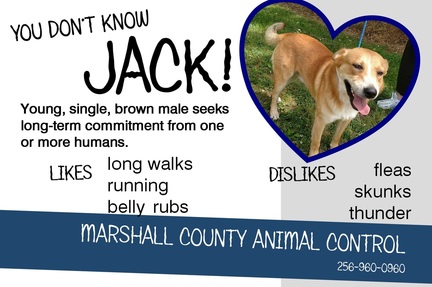
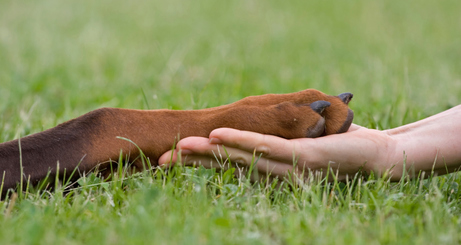
 RSS Feed
RSS Feed